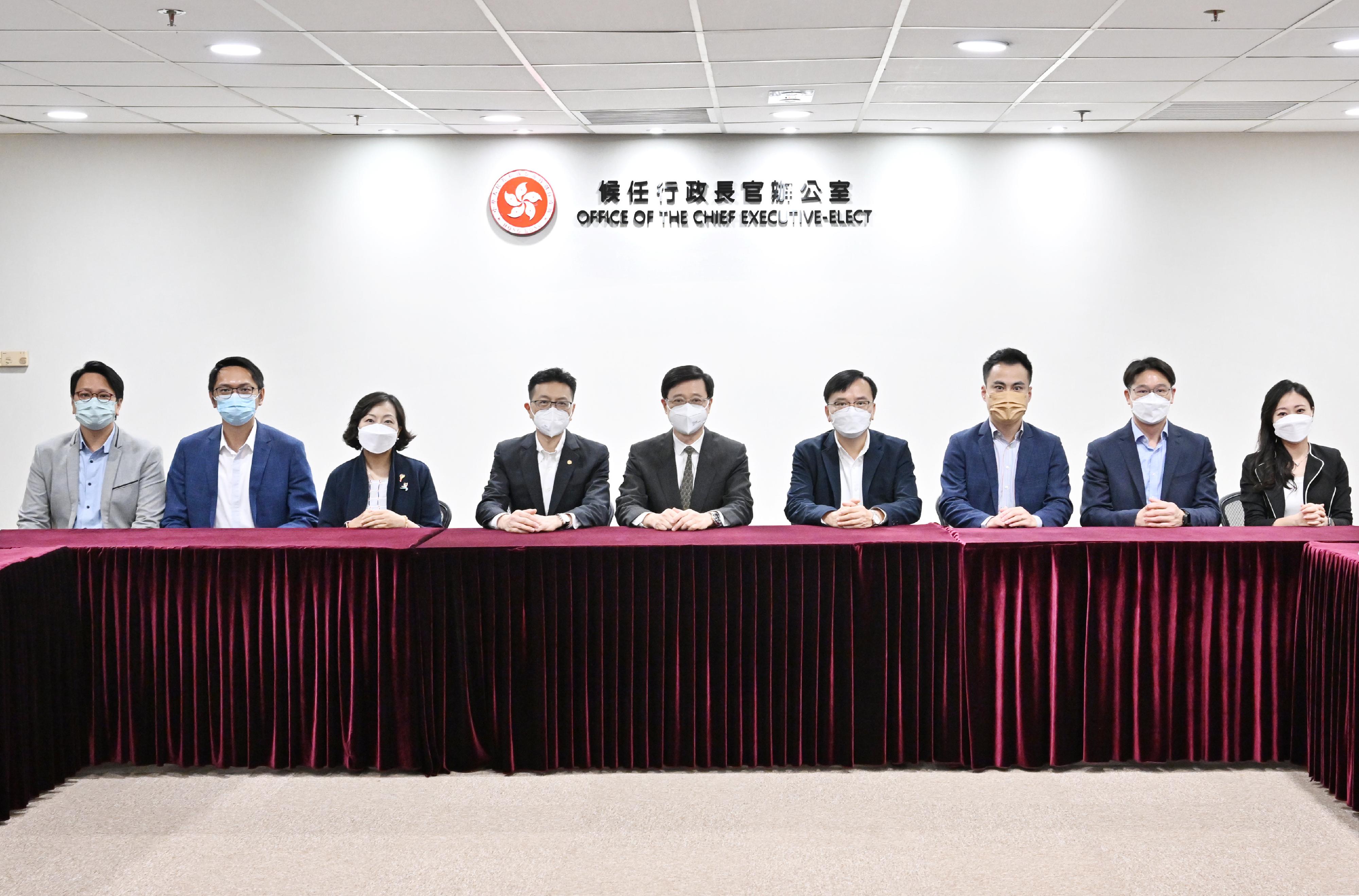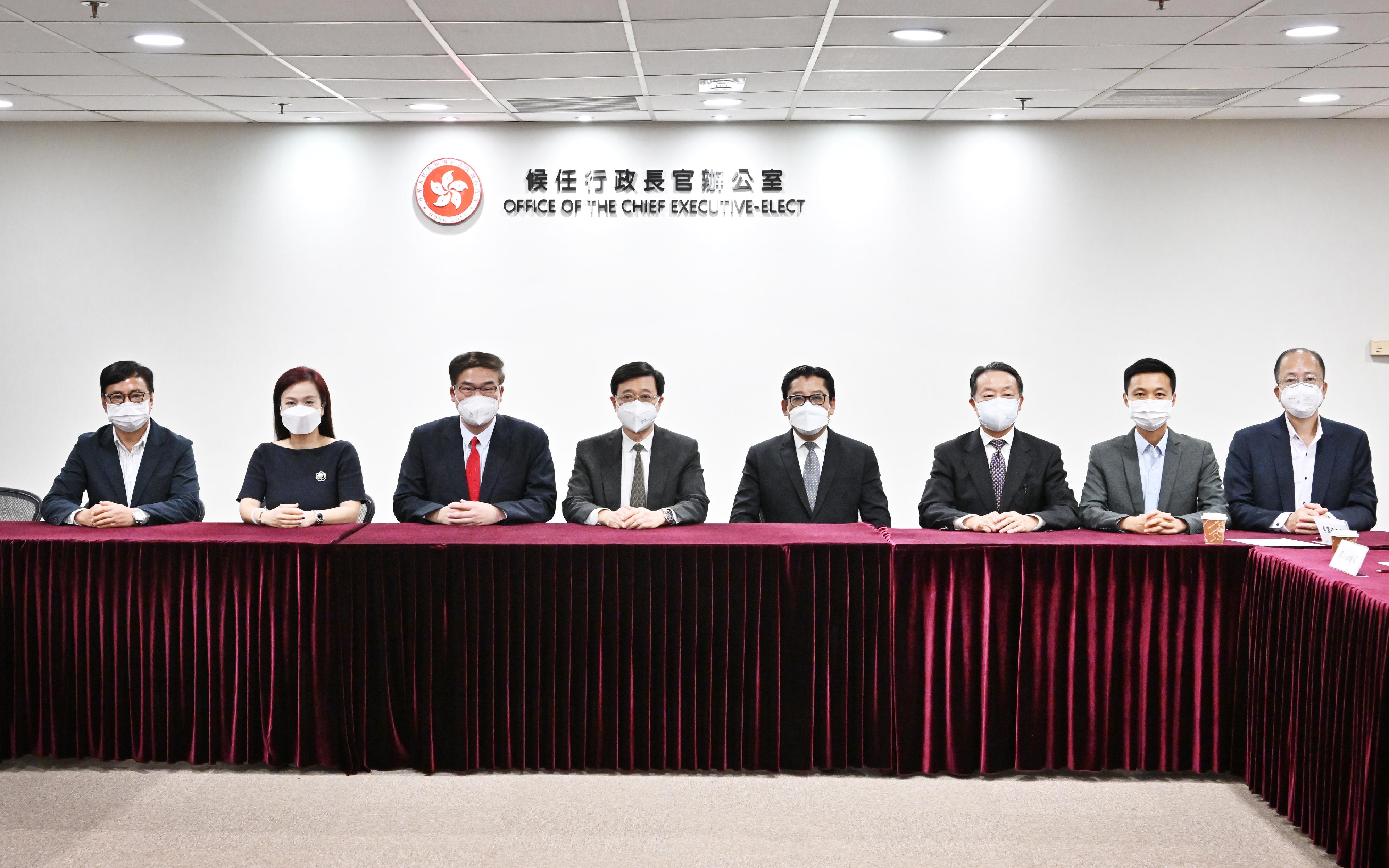Orderly arrival and distribution of anti-epidemic medical supplies from Mainland
The task force of ensuring medical supplies led by the Commerce and Economic Development Bureau (CEDB) continues to work closely with its Mainland counterparts. Most of the anti-epidemic medical supplies have arrived in Hong Kong in good order and have been distributed to frontline personnel and citizens in need through various channels with a view to stabilising the fifth wave of the epidemic.
A spokesman for the CEDB said today (May 20) that with the staunch support of the Central Government, over 30 types of medical supplies broadly under five main categories, namely testing, personal protection, disinfection, medication and equipment, procured with the co-ordination of the Central Government, have been received.
The supplies include 260 million rapid antigen test (RAT) kits, over 450 million N95/KN95/surgical/medical masks, around 200 million sets of personal protective equipment (including protective coveralls, protective gowns, goggles, face shields, shoe covers and surgical/examination gloves), and 1.6 million pulse oximeters. The Hong Kong Special Administrative Region Government expresses gratitude to the Central Government for its donation of 600 000 boxes of anti-epidemic proprietary Chinese medicines. All of them have been distributed through the Food and Health Bureau to residents subject to "restriction-testing declarations", and through the Hospital Authority to confirmed patients in isolation facilities and those receiving treatment at 18 Chinese medicine clinics.
The task force had earlier provided the Home Affairs Department with over 70 million RAT kits and KN95 masks respectively for distribution to households in Hong Kong via over 3 million anti-epidemic service bags. Millions of additional RAT kits were also made available for collection by people in need at anti-epidemic service bag distribution points. The service bags distributed also included over 7 million boxes of anti-epidemic proprietary Chinese medicines procured with the co-ordination of the Central Government. Meanwhile, following the resumption of classes in kindergartens and primary and secondary schools in phases, all students and teaching staff are required to conduct an RAT before returning to school every day. The task force has distributed 10 million RAT kits to schools via the Education Bureau for use by financially needy students.
The remaining supplies will continue to be distributed to frontline personnel of anti-epidemic work, persons with higher infection risks (such as residents subject to "restriction-testing declarations" or living in areas testing positive under sewage tracing) and people working in high-risk industries (such as cross-boundary goods vehicle drivers, property management staff, cleaning staff and staff of residential care homes for the elderly) through multiple channels. Relevant supplies are being provided daily to confirmed patients and their close contacts and family members in the form of anti-epidemic kits.
The rest of the medical supplies, such as RAT kits and high-grade protective masks in higher demand, are centrally managed and stored by the Government Logistics Department for use and regular withdrawal by relevant departments to meet their demands in the coming months. The task force will continue to review the situation and adjust in a timely manner the procurement of medical supplies according to the Government's anti-epidemic policies and measures.

